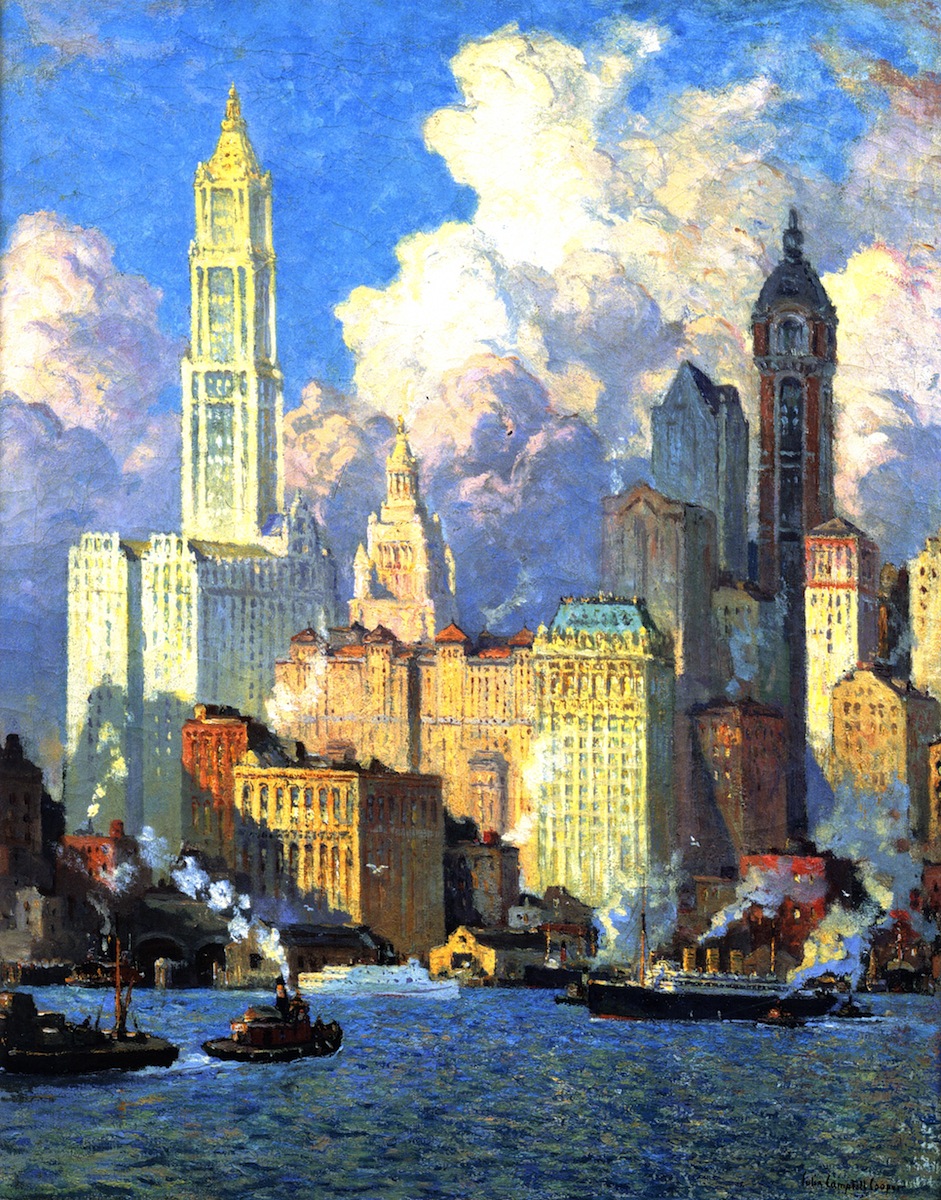The first recorded public use of an elevator was in 1743, in a private residence in France. It was created by a French scientist and inventor named Louis-François Dauprat. However, this early elevator was not used for public transportation or in a commercial building.
The first practical passenger elevator was invented by Elisha Graves Otis, an American industrialist and inventor, in 1852. The Otis elevator used a safety device known as a “safety brake” or “safety hoist,” which prevented the elevator from falling in case the hoisting cable broke at a five-story building in New York City in 1857, known as Haughwout Building.
This invention revolutionized vertical transportation, allowing for the construction of taller buildings and changing the way people live and work in urban areas.
The earliest installation of a passenger elevator in a university building in the United States was at the Massachusetts Institute of Technology. In 1861, Otis Brothers & Co., the company founded by Elisha Graves Otis, installed the first passenger elevator on a university campus in the Rogers Building at MIT. The Rogers Building was a three-story structure that housed laboratories, classrooms, and offices for faculty and students. The installation of the passenger elevator provided vertical transportation within the building, making it more convenient for people to move between floors.
This early installation marked an important milestone in the history of vertical transportation on college and university campuses, and it paved the way for the adoption of elevators in other educational institutions as they expanded in size and height over time.









